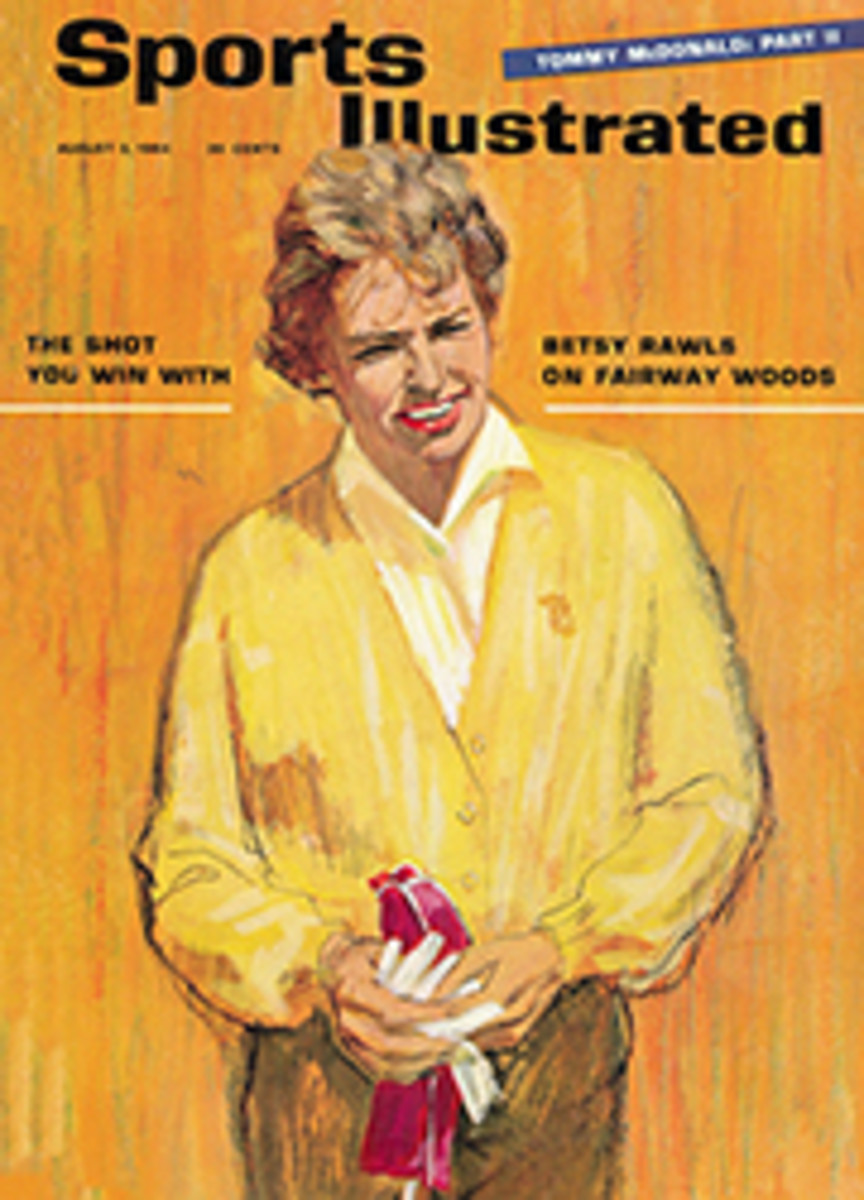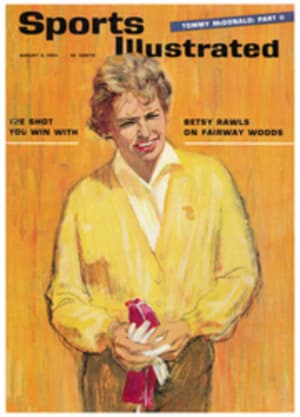
LETTER FROM THE PUBLISHER
Harness racing is one of the sports whose explosive growth has paralleled the existence of this magazine. In a decade we have seen attendance rise from 10 million to more than 19 million, purses increase from $18 to $41 million and the pari-mutuel handle spiral from $444.8 million to more than a billion dollars a year. Reading our report of the season's first classic race for 3-year-old trotters (see page 52), I was not surprised to note fresh evidence of that growing popularity: a purse of more than $100,000 and an attendance on a midweek evening of nearly 30,000.
The setting for this week's story is the kind of big-city raceway that has accounted for the bulk of harness racing's gains. But the sport still survives in the less ostentatious surroundings that gave it birth, and the same horses will go on in September to trotting's premier event, The Hambletonian, in an entirely different atmosphere and one for which we have developed a special affection. The Hambletonian is raced at Du Quoin, Ill. at a place of rare pastoral beauty and in the traditional afternoon hours when the sun warms the horses to their swiftest efforts. There have been moves to take The Hambletonian from Du Quoin to some commercial, big-city track. But if we have anything to say about it (and we will), that will not happen.
We also have a fondness for other traditional way stations on harness racing's Grand Circuit: Goshen, N.Y., where the thoroughgoing sportsmen E. Roland Harriman and Elbridge T. Gerry sustain a lovely meeting not far from the Orange County pasture in which trotting's great progenitor, Hambletonian himself, was foaled; Delaware, Ohio, where the Little Brown Jug's whizbang brand of pacing speed is displayed; Lexington, Ky., where lofty elms shade the grounds of another famed trotting course, The Big Red Mile.
Harness racing is fortunate in having its Harrimans and Gerrys, standing fast for sporting principles and at the same time furnishing proof that trotting is not the hayseed sport erroneous legend has made it out to be. It was never all that bucolic, even in the low-pressure days before the raceways' vogue. Leland Stanford, for example, was the leading harness-horse breeder and patron of his time. Today such notables as Frances Dodge Van Lennep, Norman S. Woolworth, Lawrence Sheppard and Leonard Buck are, like Harriman and Gerry, committed to the sport's best interests.
Pat Ryan, the writer of our Futurity story, has been exposed to horses and horsemen since her earliest years but only recently did she discover in Grand Circuit harness racing "the easy atmosphere and long, lazy afternoons that have disappeared from flat racing for good." Pat is the daughter of Jim Ryan, a Galway man who came to America in the '20s and became our leading hunt-meeting trainer. There was consternation at the boarding school that Pat attended when she insisted on receiving The Morning Telegraph daily; it was delivered to her surreptitiously—in a plain brown wrapper, so to speak. She professes an intense dislike of riding—"After covering a field trial for SI on horseback last year it took three bottles of Absorbine to rub out the aches"—but loves watching horses as much as anyone.
PHOTO
PAT RYAN AND FUTURITY WINNER SIMPSON

